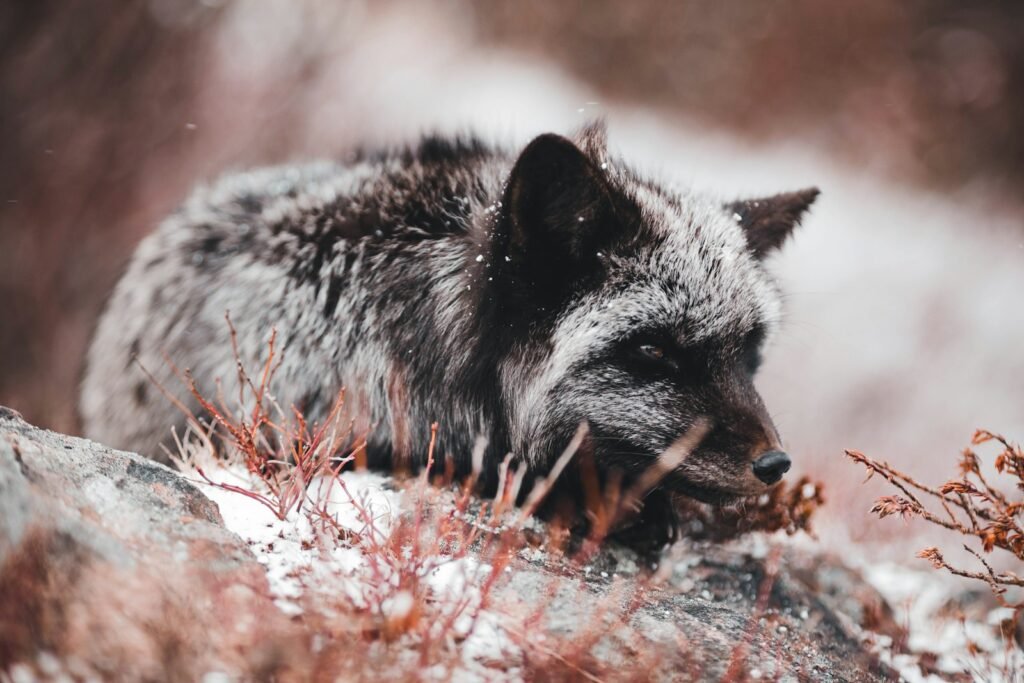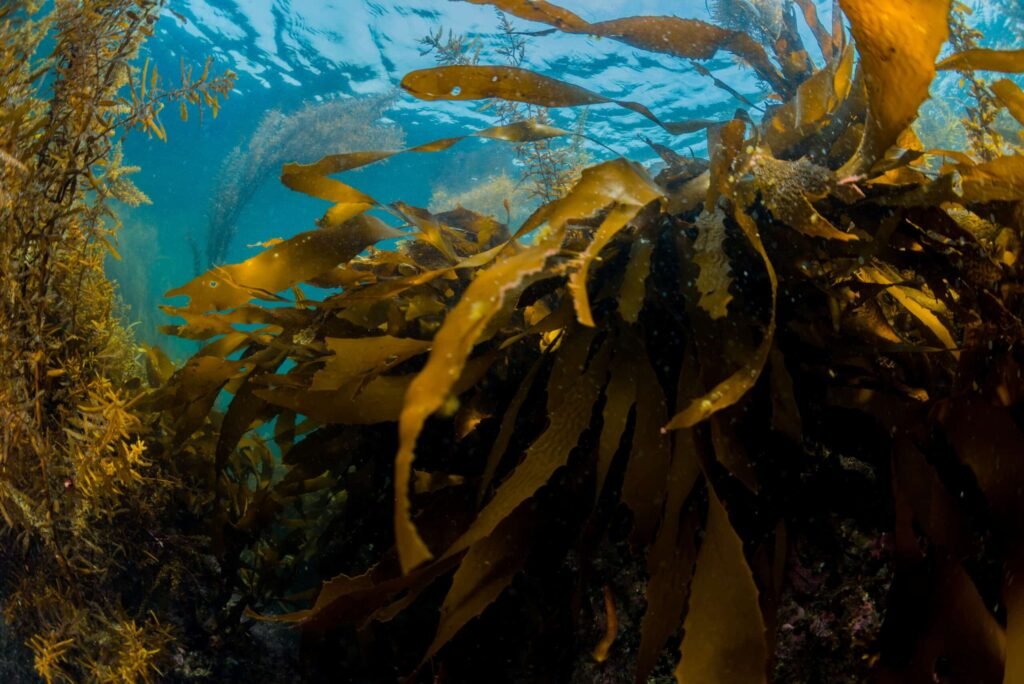Imagine stumbling upon a colossal mammoth, perfectly preserved in ice, as if it had just taken its last breath yesterday. This is not a scene from a science fiction movie but a reality in the frozen landscapes of Canada’s Yukon. Here, the permafrost acts as a time capsule, preserving the secrets of a world that existed thousands of years ago. These ancient mammoths, entombed in ice, offer a window into the Ice Age, a period shrouded in mystery and wonder. What secrets do these frozen giants hold, and what can they tell us about our planet’s past?
The Ice Age: A Frozen Epoch
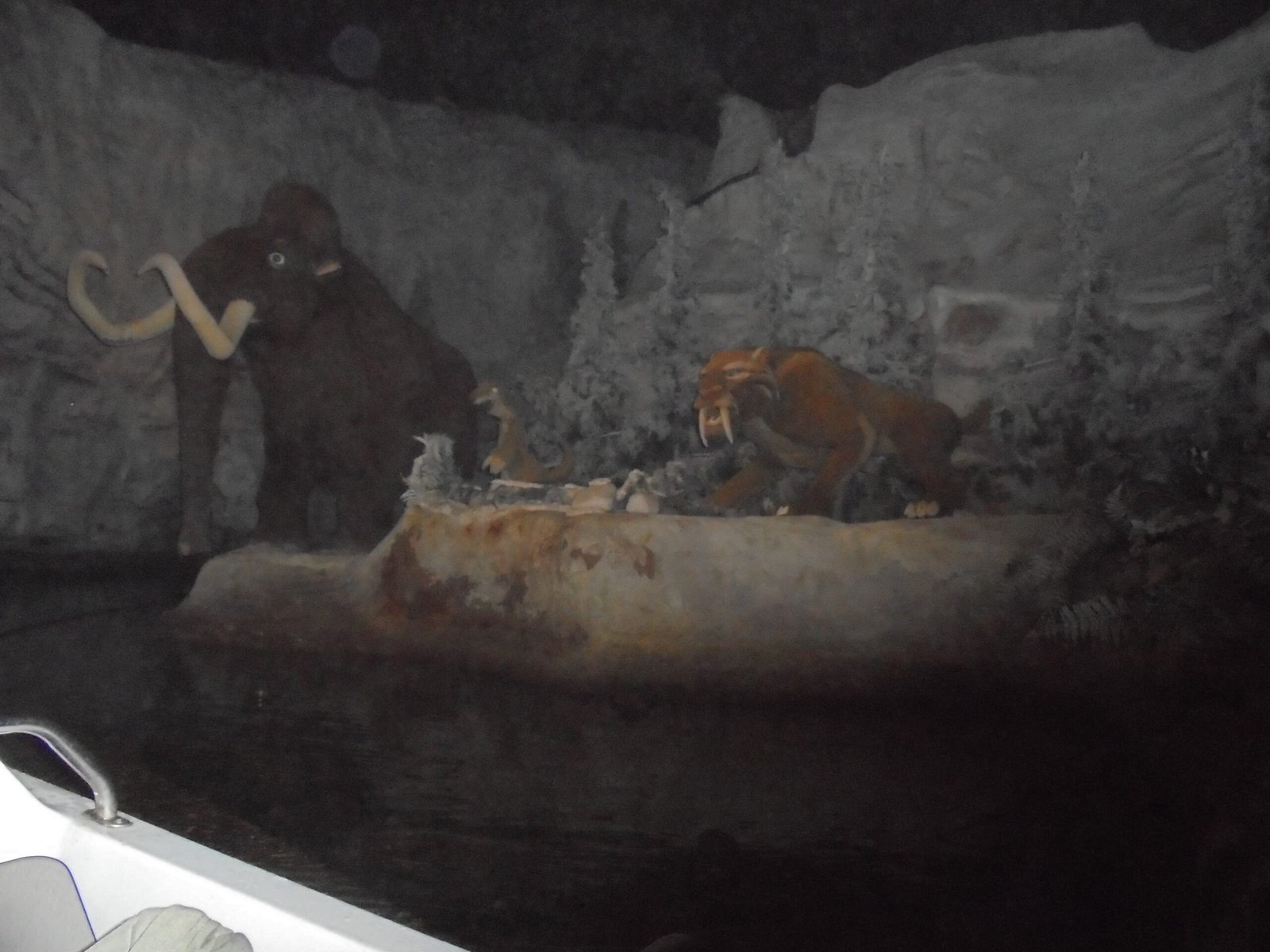
The Ice Age, a time when glaciers dominated the earth, was a period of both harsh climates and incredible biodiversity. Stretching from about 2.4 million years ago to 11,700 years ago, it was characterized by the advance and retreat of massive ice sheets. These sheets covered much of North America, Europe, and Asia, creating a frigid environment. The Yukon, with its harsh winters and short summers, was a critical region during this time. Here, species like the woolly mammoth thrived, adapting to the cold with their thick fur and large size. The permafrost has preserved these creatures, offering a unique glimpse into this frozen epoch.
Mammoths: Giants of the Ice Age
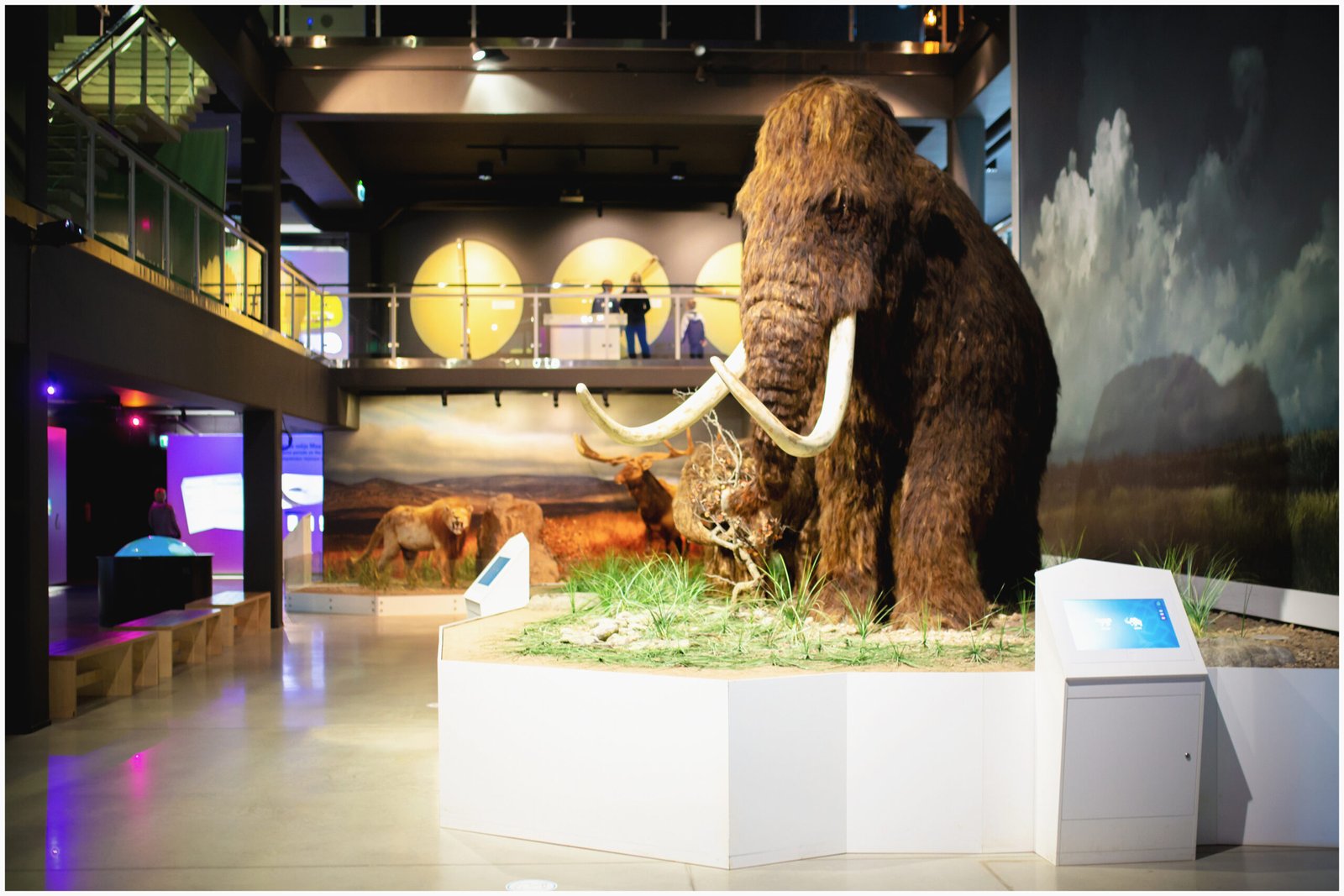
Mammoths, with their towering stature and iconic curved tusks, were the giants of the Ice Age. These herbivores roamed the plains of the Yukon, grazing on grasses and shrubs. Despite their size, they were gentle giants, much like today’s elephants. The permafrost has preserved many of their remains, from bones to entire carcasses. These discoveries allow scientists to study their diet, behavior, and even their DNA, providing insights into how they lived and why they eventually went extinct. Understanding the life of these giants helps us piece together the puzzle of the Ice Age.
Permafrost: Nature’s Time Capsule
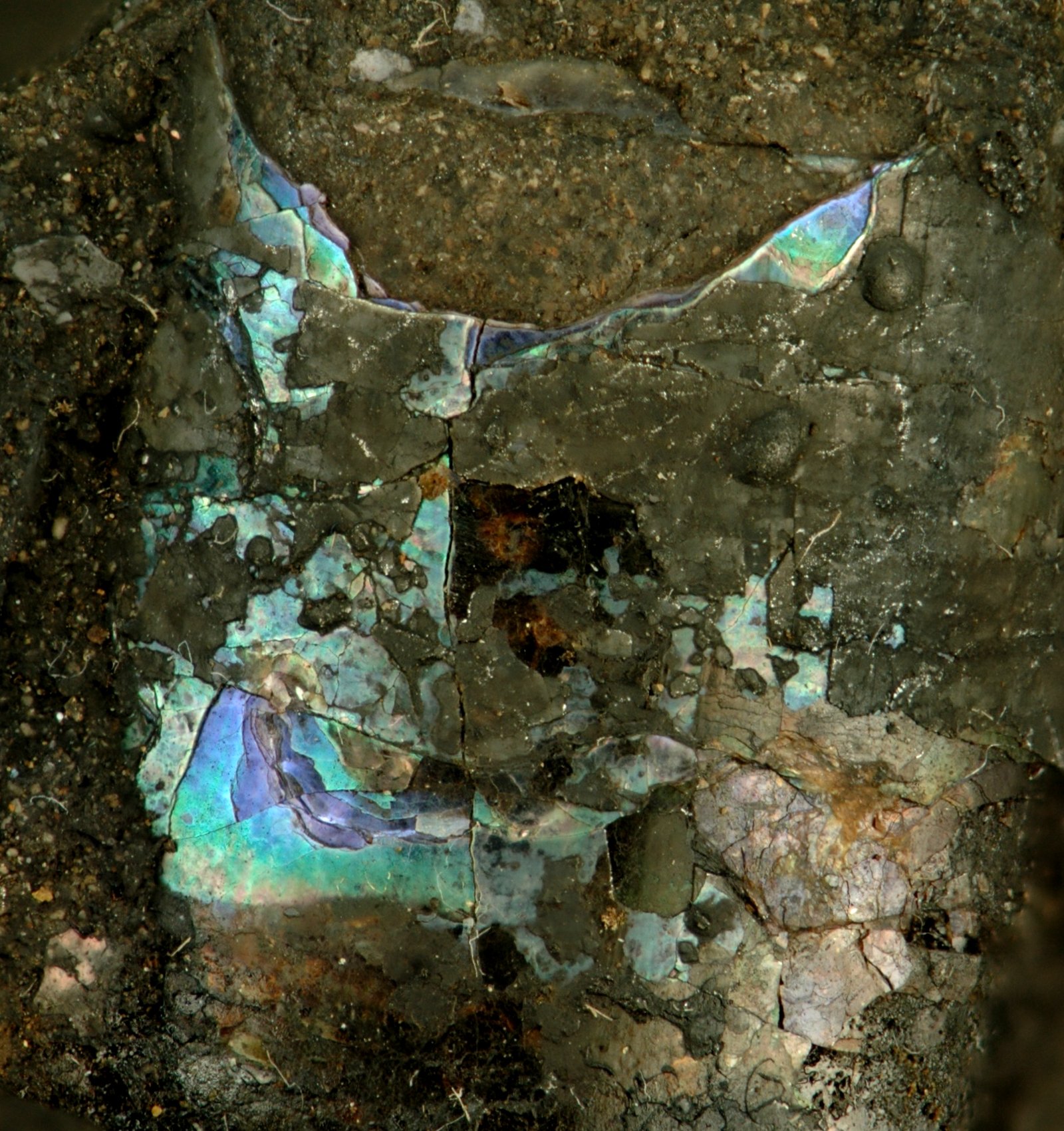
Permafrost, the layer of permanently frozen ground, is nature’s time capsule. It locks in organic material, preserving it for millennia. In the Yukon, the permafrost is incredibly rich with Ice Age fossils, including mammoths, bison, and ancient plants. As the climate warms and the permafrost thaws, these relics are being exposed, offering a treasure trove of information. Each discovery is like opening a time capsule, revealing new clues about the past. The preservation of these remains is so remarkable that scientists can analyze them in detail, from their cellular structure to their genetic makeup.
Discoveries in the Yukon
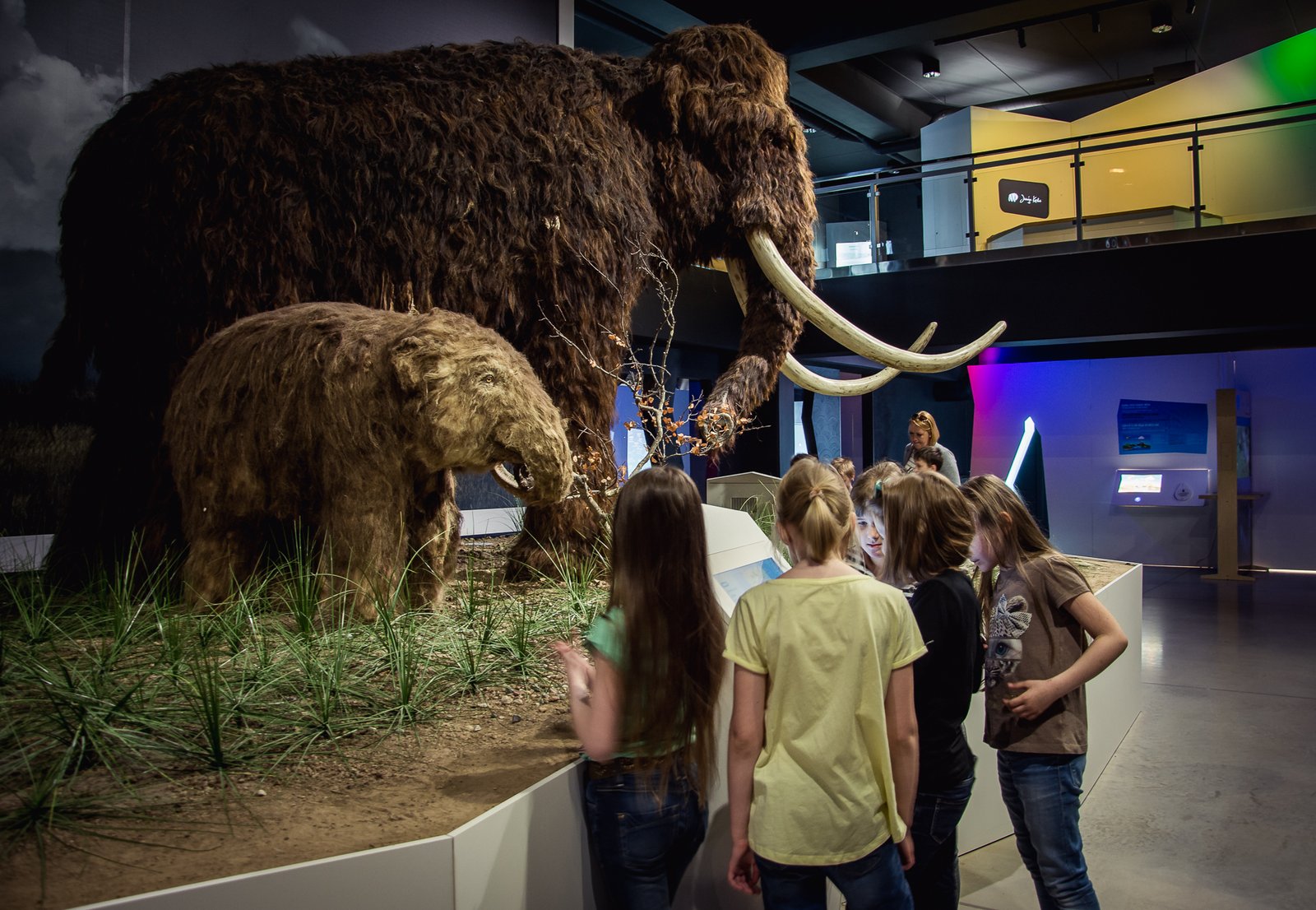
The Yukon has been a hotspot for remarkable paleontological discoveries. One of the most famous finds is a nearly complete woolly mammoth calf, affectionately named “Lyuba.” Found in 2007, Lyuba is one of the best-preserved mammoth specimens ever discovered. Her discovery has provided invaluable insights into the life and environment of these ancient creatures. Beyond Lyuba, countless other fossils have been unearthed, each contributing to our understanding of the Ice Age. These discoveries are not just scientific curiosities; they are pieces of a larger puzzle that helps us understand our planet’s history.
Decoding Mammoth DNA
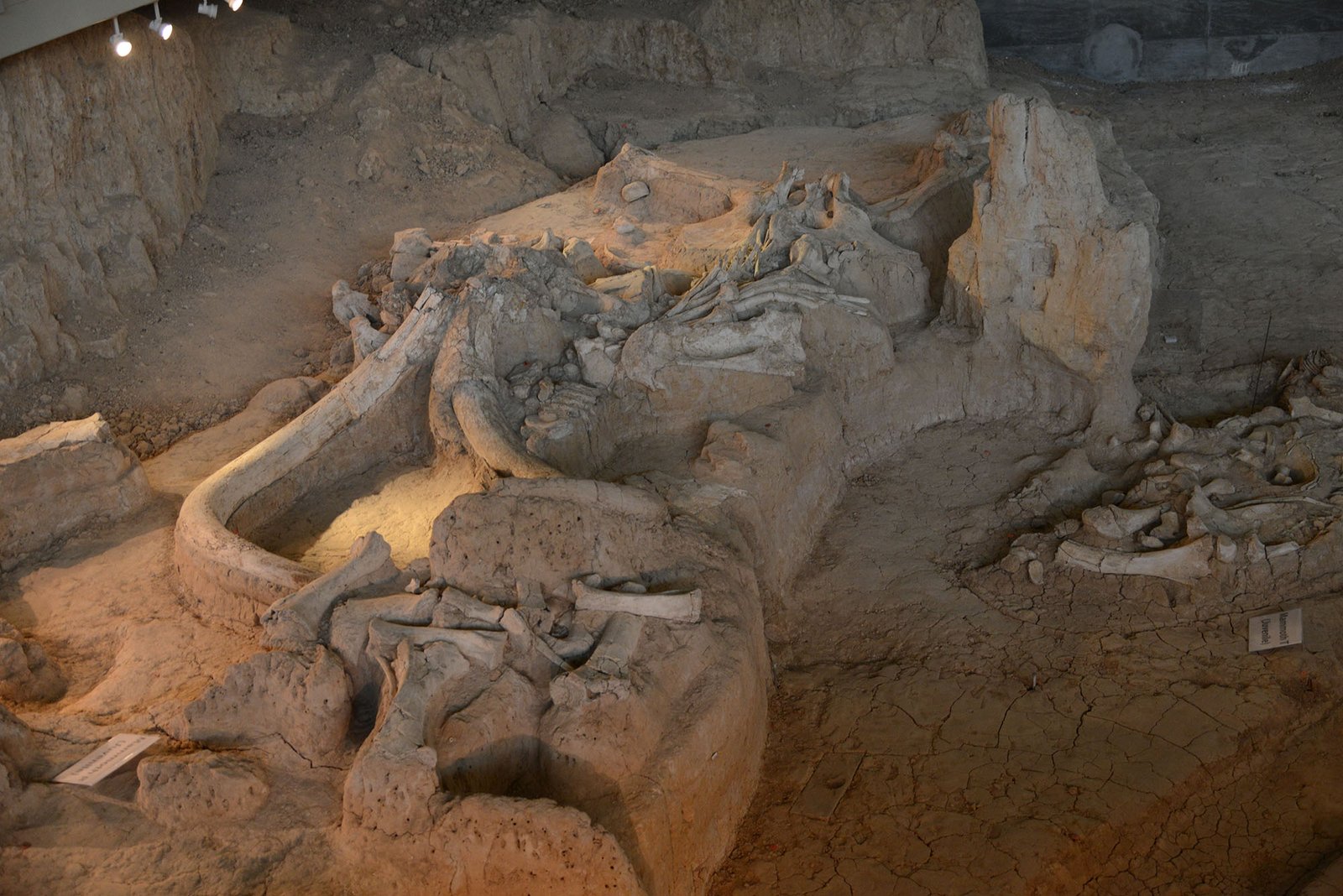
One of the most exciting aspects of studying frozen mammoths is the ability to extract and analyze their DNA. This genetic material offers a wealth of information about the mammoths’ evolution, adaptation, and eventual extinction. By comparing mammoth DNA with that of modern elephants, scientists can identify genetic differences and similarities. This research is helping to answer questions about how these creatures adapted to the cold and why they disappeared. The possibility of using this DNA to bring mammoths back to life, though still in the realm of science fiction, is a tantalizing prospect.
Climate Change and Thawing Permafrost
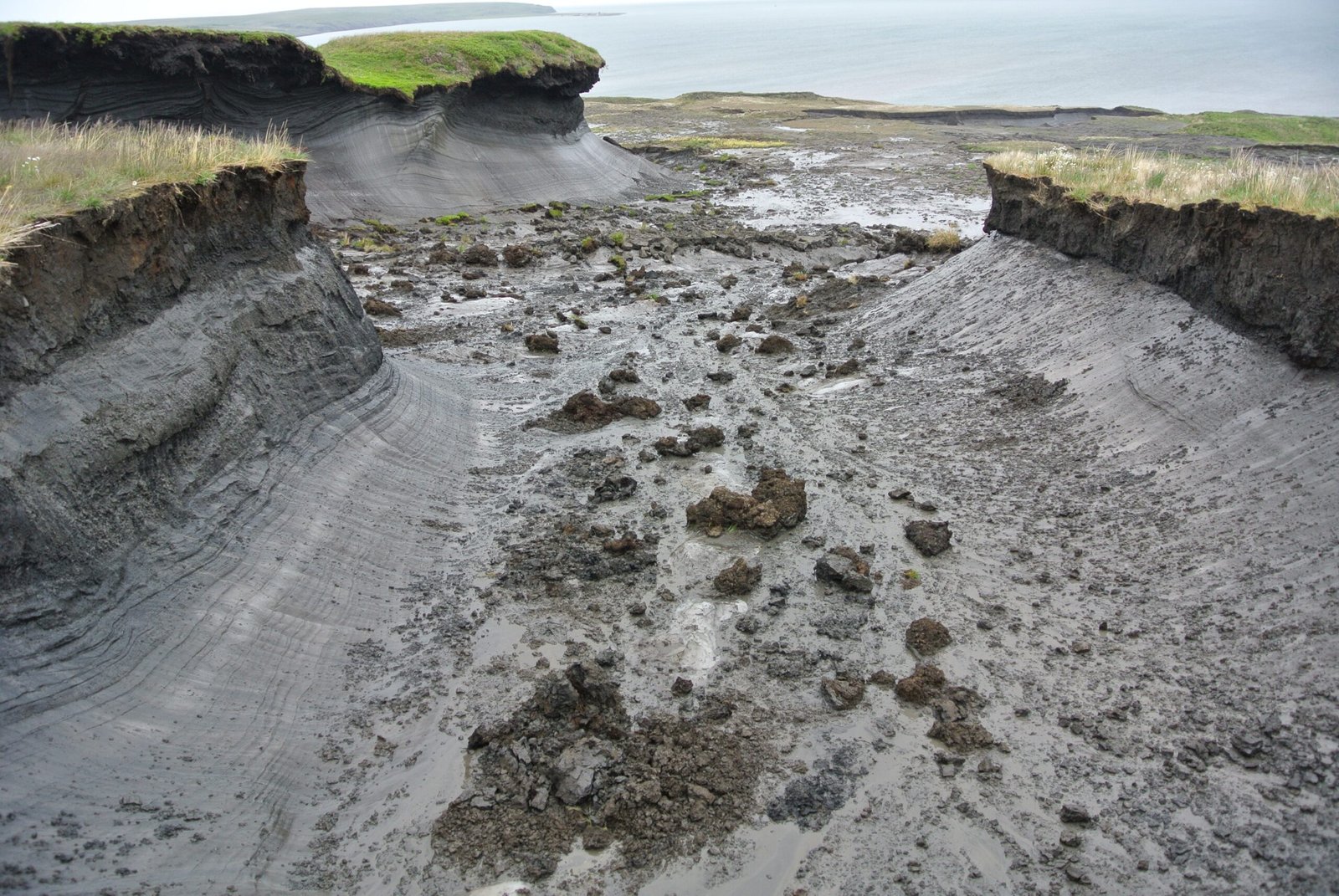
As global temperatures rise, the permafrost in the Yukon is beginning to thaw, revealing ancient secrets but also posing new challenges. The release of these ancient remains is a double-edged sword. On one hand, it provides a unique opportunity for scientific study; on the other, it raises concerns about the release of greenhouse gases like methane trapped in the ice. This thawing process is a stark reminder of the impacts of climate change. It highlights the delicate balance of our environment and the importance of understanding past climate events to predict future changes.
The Role of Indigenous Knowledge
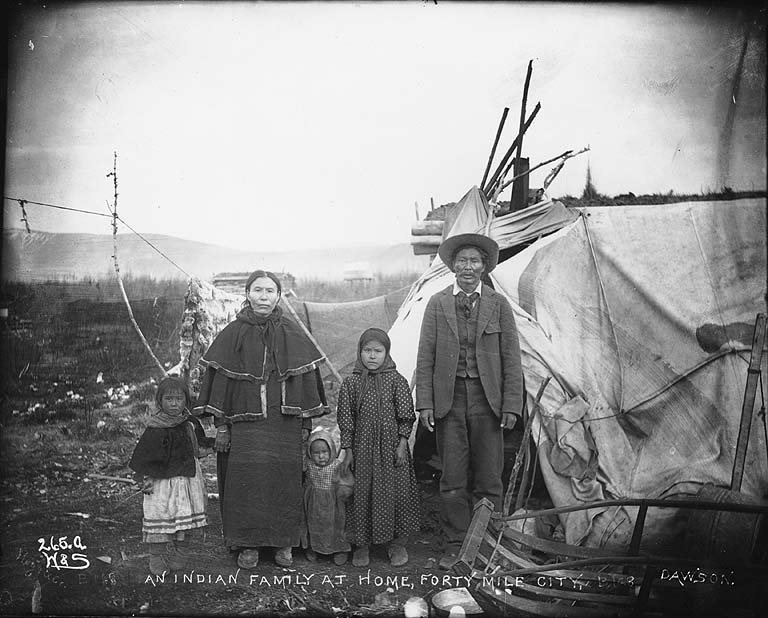
The Indigenous peoples of the Yukon have a deep connection to the land and its history. Their oral traditions and knowledge provide valuable context for the scientific discoveries being made. Indigenous stories often speak of giant creatures and ancient landscapes, echoing the findings of paleontologists. Collaborating with Indigenous communities enriches the research, providing a holistic view of the past. This partnership between science and traditional knowledge is crucial for preserving the cultural heritage and understanding the full story of the Yukon’s Ice Age inhabitants.
What Lies Beneath: Future Prospects
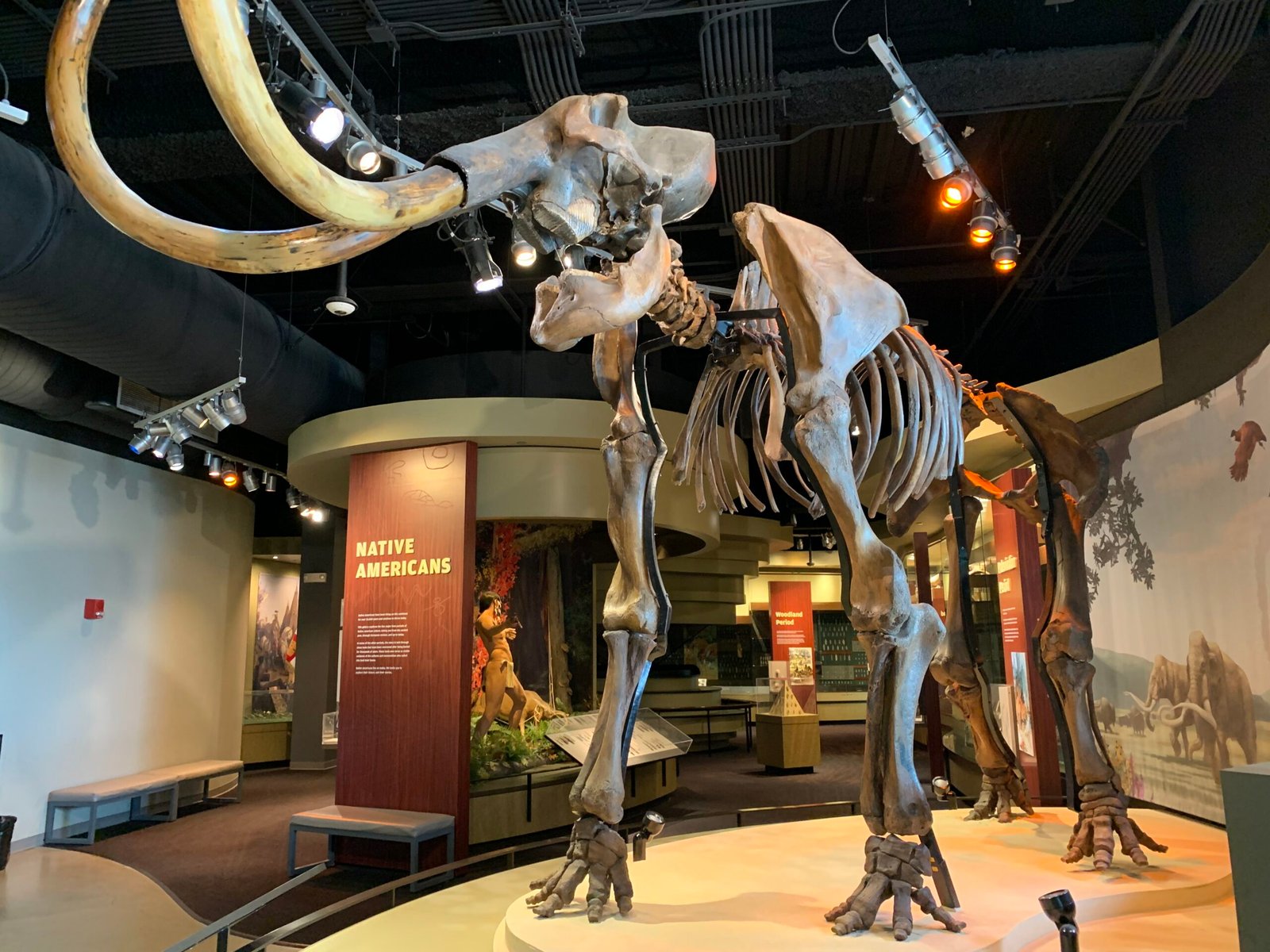
The frozen mammoths of the Yukon are just the tip of the iceberg. As the permafrost continues to thaw, more discoveries await. Each new find has the potential to reshape our understanding of the Ice Age and the creatures that inhabited it. Scientists are eager to uncover more about the ecosystem, climate, and interactions of this ancient world. The future of Ice Age research in the Yukon is bright, with the promise of new insights and groundbreaking discoveries that could redefine our understanding of history.
The Legacy of the Ice Age
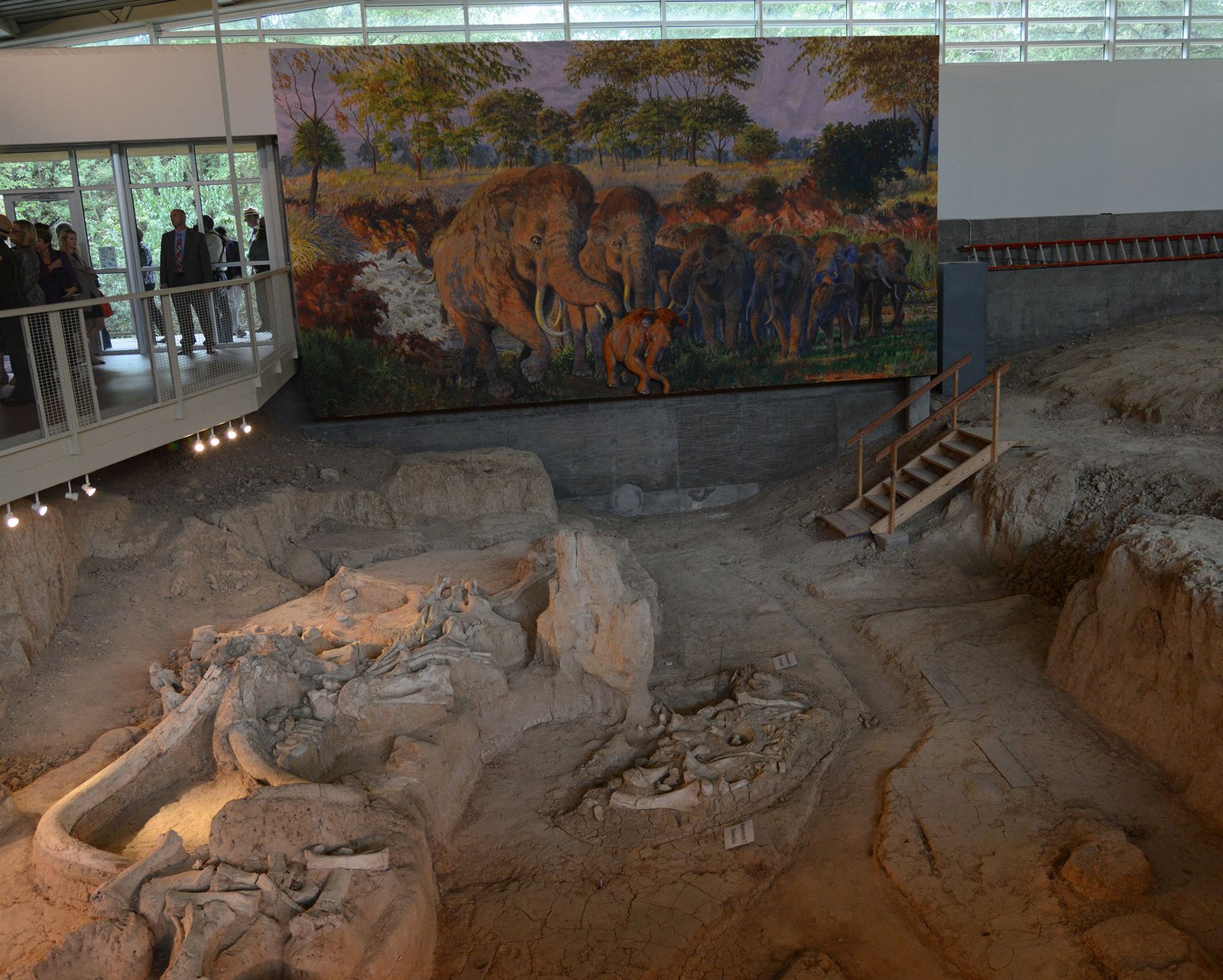
The Ice Age and its frozen mammoths have left a lasting legacy on our planet. They remind us of a time when the world was vastly different, yet similar in many ways. The study of these ancient creatures not only satisfies our curiosity but also informs our understanding of evolution, extinction, and climate change. The lessons learned from the Ice Age are more relevant than ever as we face environmental challenges today. By looking to the past, we gain perspective on the present and future, ensuring that the legacy of these frozen giants continues to inspire and educate.
The frozen mammoths of the Yukon offer a captivating glimpse into a world long gone, yet their stories remain relevant today. As we unearth these ancient secrets, we are reminded of the intricate tapestry of life and the ever-changing nature of our planet. What other wonders lie hidden beneath the ice, waiting to be discovered?


